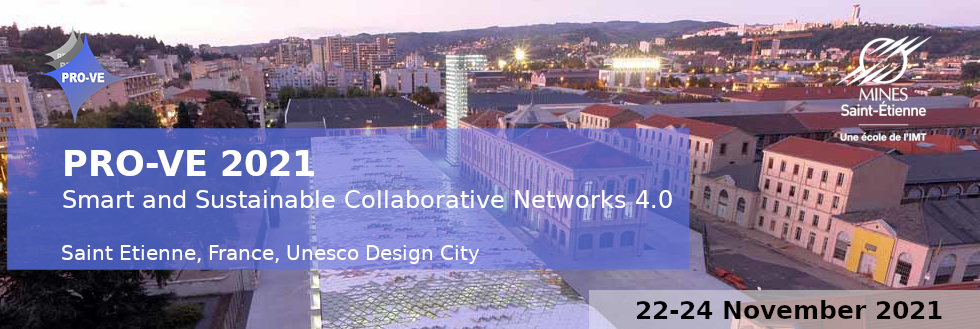
|
|
|
Program > Social Program
Historical center visit
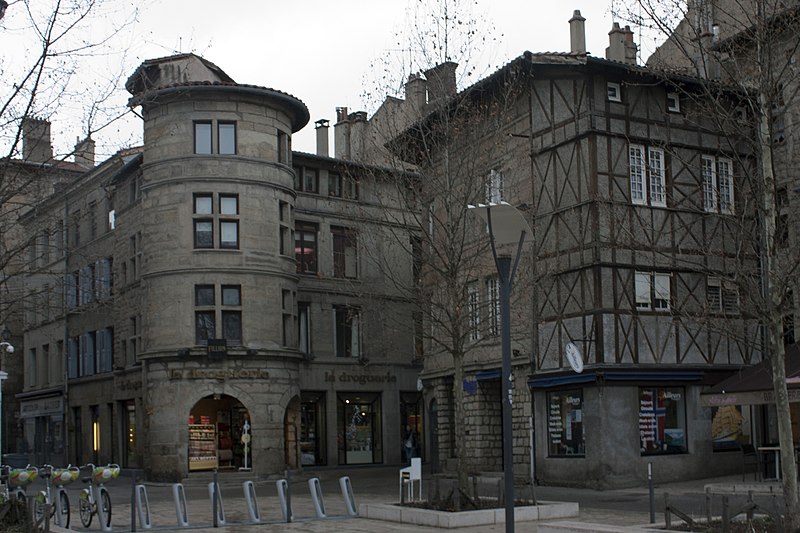 Named after Saint Stephen, the city first appears in the historical record in the Middle Ages as Saint-Étienne de Furan (after the River Furan, a tributary of the Loire). In the 13th century, it was a small borough around the church dedicated to Saint Etienne. On the upper reaches of the Furan, near the Way of St. James, the Abbey of Valbenoîte had been founded by the Cistercians in 1222. In the late 15th century, it was a fortified village defended by walls built around the original nucleus.
Named after Saint Stephen, the city first appears in the historical record in the Middle Ages as Saint-Étienne de Furan (after the River Furan, a tributary of the Loire). In the 13th century, it was a small borough around the church dedicated to Saint Etienne. On the upper reaches of the Furan, near the Way of St. James, the Abbey of Valbenoîte had been founded by the Cistercians in 1222. In the late 15th century, it was a fortified village defended by walls built around the original nucleus.
From the 16th century, Saint-Étienne developed an arms manufacturing industry and became a market town. It was this which accounted for the town's importance, although it also became a centre for the manufacture of ribbons and passementerie starting in the 17th century.
Later, it became a mining centre of the Loire coal mining basin, and more recently, has become known for its bicycle industry.
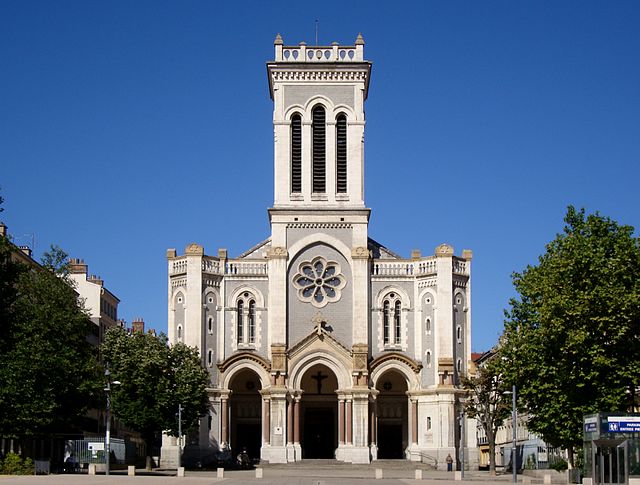 In the first half of the 19th century, it was only a chief town of an arrondissement in the département of the Loire, with a population of 33,064 in 1832. The concentration of industry prompted these numbers to rise rapidly to 110,000 by about 1880. It was this growing importance of Saint-Étienne that led to its being made seat of the prefecture and the departmental administration on 25 July 1855, when it became the chief town in the département and seat of the prefect, replacing Montbrison, which was reduced to the status of chief town of an arrondissement. Saint-Étienne absorbed the commune of Valbenoîte and several other neighbouring localities on 31 March 1855.
In the first half of the 19th century, it was only a chief town of an arrondissement in the département of the Loire, with a population of 33,064 in 1832. The concentration of industry prompted these numbers to rise rapidly to 110,000 by about 1880. It was this growing importance of Saint-Étienne that led to its being made seat of the prefecture and the departmental administration on 25 July 1855, when it became the chief town in the département and seat of the prefect, replacing Montbrison, which was reduced to the status of chief town of an arrondissement. Saint-Étienne absorbed the commune of Valbenoîte and several other neighbouring localities on 31 March 1855.
Starting point : 16, Avenue de la Libération, 42000 Saint-Etienne
Source : wikipedia
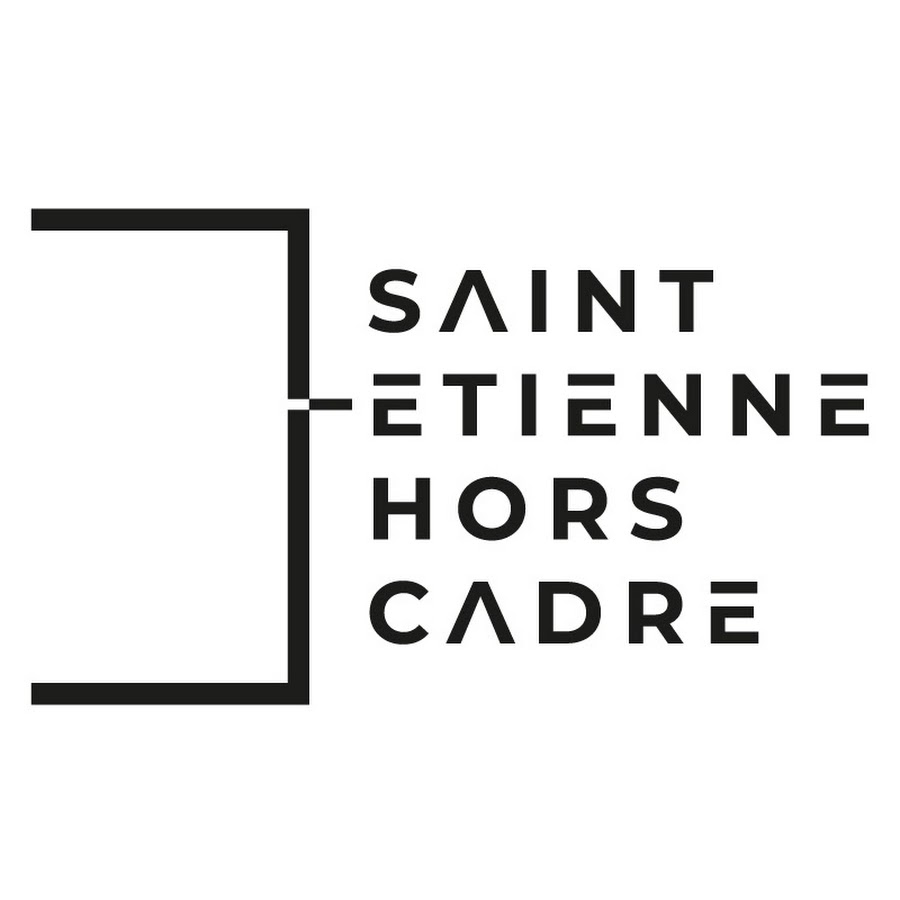
Town Hall Reception
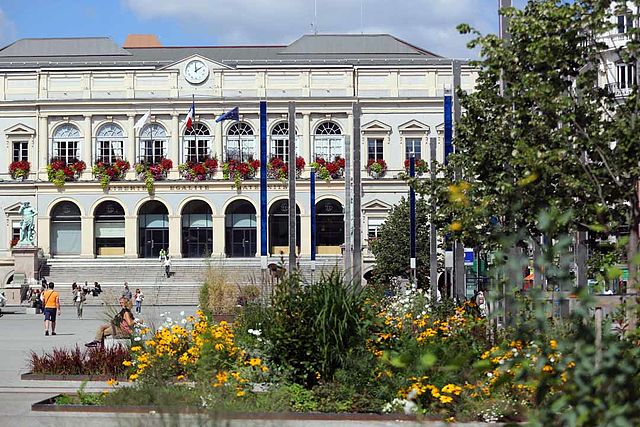 Saint-Étienne Town Hall, an emblematic building of Saint-Etienne heritage and symbol of the city's urban renewal at the start of the 19th century.
Saint-Étienne Town Hall, an emblematic building of Saint-Etienne heritage and symbol of the city's urban renewal at the start of the 19th century.
Linked to the development history of Saint-Étienne, the Town Hall is still relevant today because of its function and its location in the heart of the city, especially since the end of the 2000s with the heritage enhancement of the center. -City and the reconquest of the urban framework.
The town hall of Saint-Etienne was built by architects Dalgabio in 1821.
Before its final location, the town hall had several addresses, stretching from the old town in the 18th century to rue de Roanne in the Revolution.
In 1821 a royal decree authorized the construction of a new town hall along the rue de Roanne on the Place Monsieur (now Place de l'Hotel-de-Ville). The building was designed by architects Pierre-Antoine Dalgabio and his nephew Jean-Michel Dalgabio.
The square building is centered on a colonnaded courtyard. The main entrance to the south is made up of a grand staircase that leads to seven arches. In 1864, the building was completed with a dome 51 meters high created by the architect Boisson. The dome housed a clock and a chime. In 1872, two statues by the artist Étienne Montagny were installed in the staircase, one representing the Ribbon and the other Metallurgy.
The town hall was not spared by fires, one in 1933 and especially in 1952 which damaged the dome and led to its demolition. In the 1970s, the demolition of the town hall was considered but the project was abandoned after a local referendum.
Source : wikipedia
The reception will be held at "Maison du Projet" - Location : 10 Rue Louis Braille, 42000 Saint-Étienne
Art and Industry Museum
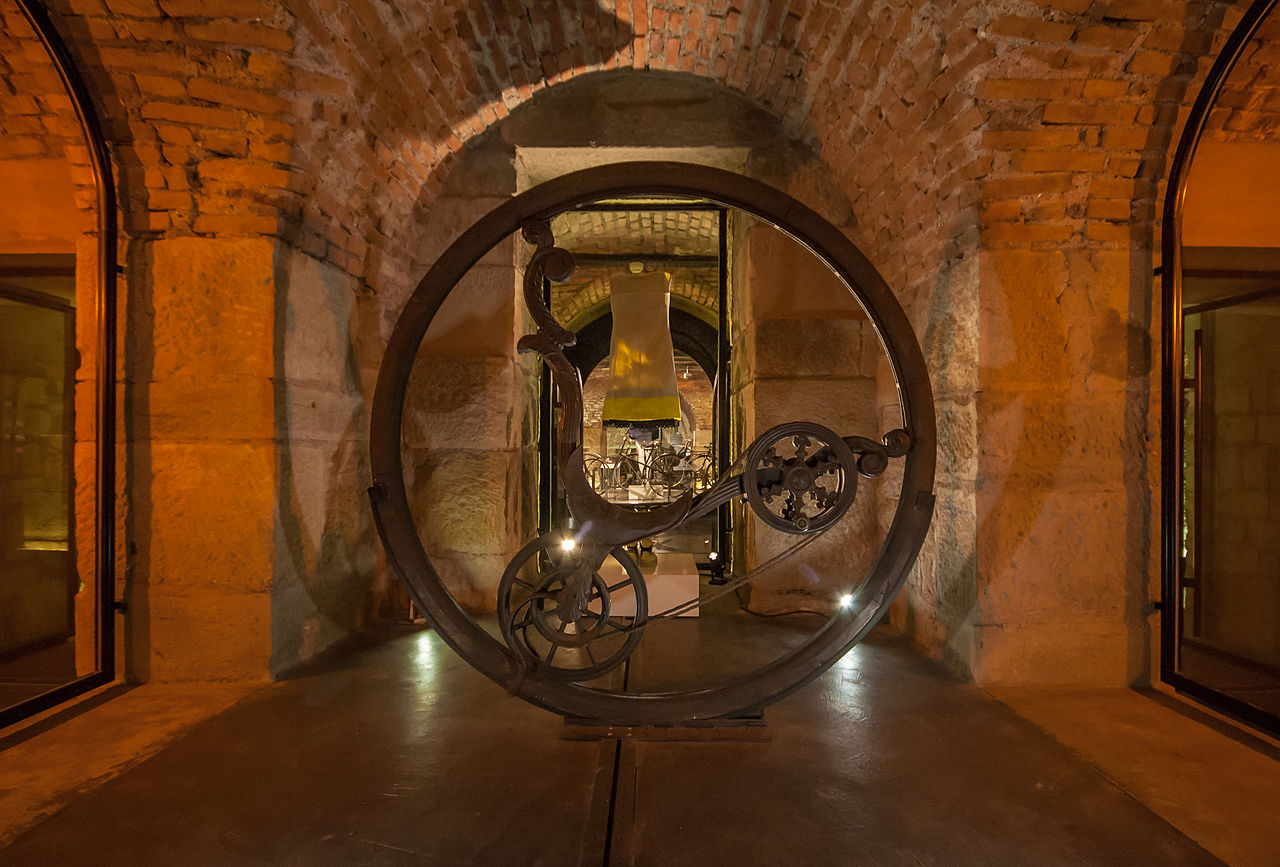
Through its content, the museum offers a look at the everyday art and design industries. The museum also opens up to the contemporary world, through its museography on new information and communication technologies. The computerization of the inventory and the digitization of the images of the collections, as well as the major film-making campaigns on traditional know-how and the new technologies. The museum's anchoring in the history of the city is manifested by the passage through it of several visits offered by "City of Art and History". But the museum is attentive to contemporary reality by opening up to the living industries of the region in the fields of arms, cycles and textiles.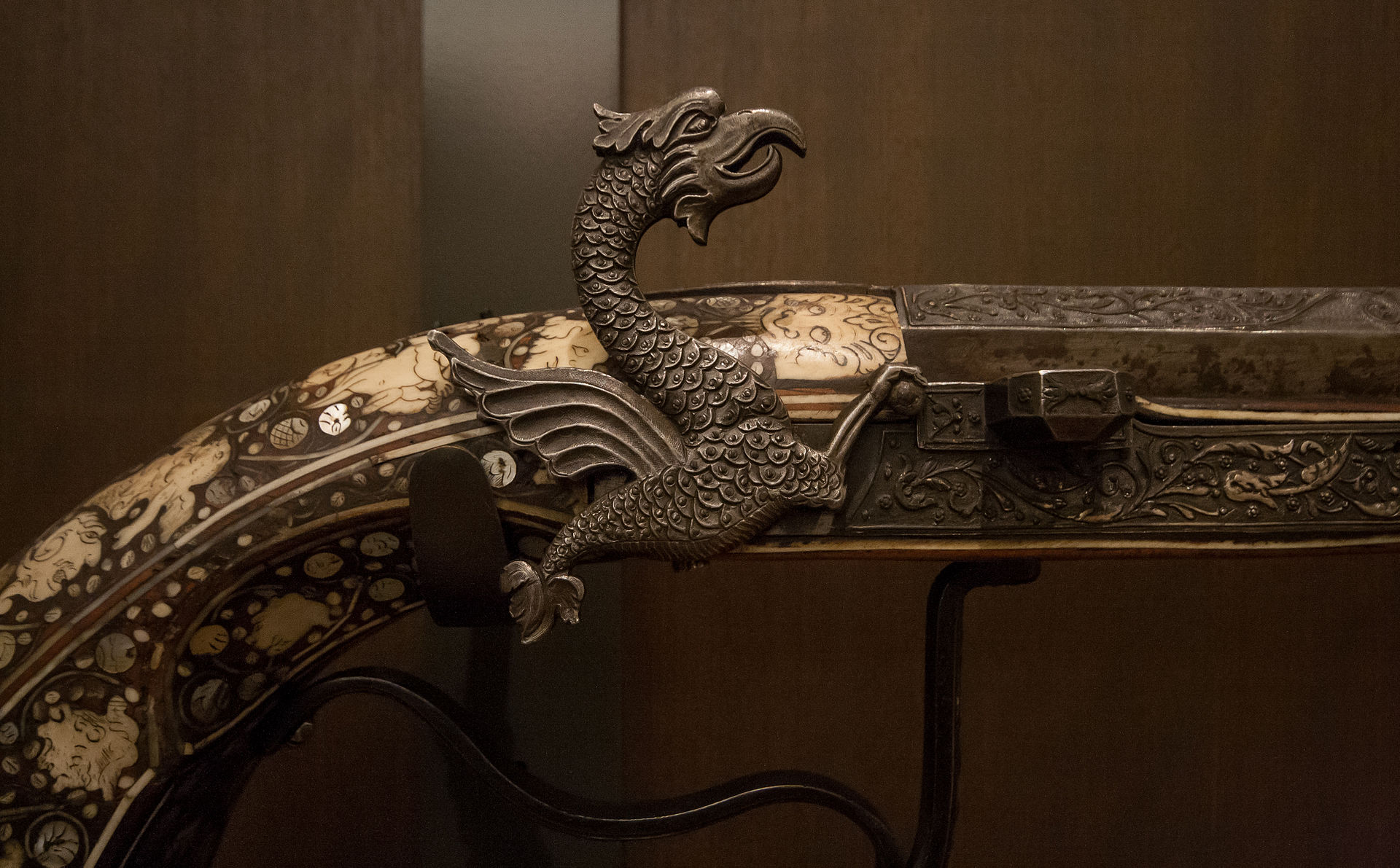
A concrete approach to history and industrial creation embodied in the regional heritage. Through a museography adapted to different levels, we discover, floor by floor, the collections of weapons, ribbons or cycles. Clear and animated explanations, made interactive by touch screens, allow a free visit with personalized routes. The multiple approaches encourage a transversal reading of the collections and call on a wide variety of disciplines: letters, plastic arts, history, technology, science, etc. The mediators are available to the public for guided tours. Looms demonstrations are regularly performed by the trimmers.
Source : wikipedia
Leaving point : Buses at 17:30 (one close to congress center, two near Chamber of Commerce and Industry)
Gala Diner, Castle of Bouthéon
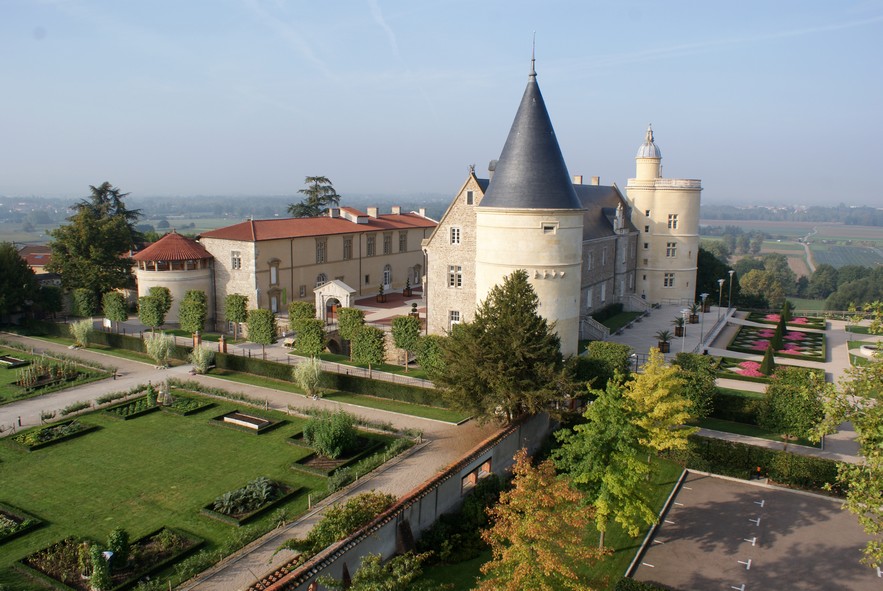 The first texts which evoke the castle of Bouthéon (formerly Bothéon) tell us that it has existed at least since the thirteenth century2,3, even if its architecture has evolved considerably since that time. This stronghold, which made it possible to monitor both the Loire river, the plain and the mountains of Forez, the mountains of Lyonnais and Pilat, was owned by the counts of Forez between the thirteenth century and the fourteenth century before passing into hands. of Gaudemar de Reveux and his heirs, lords of Fay, in 1322, then Robert de Chalus in 1386 and finally Louis de Joyeuse around 14203.
The first texts which evoke the castle of Bouthéon (formerly Bothéon) tell us that it has existed at least since the thirteenth century2,3, even if its architecture has evolved considerably since that time. This stronghold, which made it possible to monitor both the Loire river, the plain and the mountains of Forez, the mountains of Lyonnais and Pilat, was owned by the counts of Forez between the thirteenth century and the fourteenth century before passing into hands. of Gaudemar de Reveux and his heirs, lords of Fay, in 1322, then Robert de Chalus in 1386 and finally Louis de Joyeuse around 14203.
Currently, the castle itself is made up of two large parallel buildings, opening onto a large courtyard.
The north building is a long construction terminated by two tall towers. It is said to have been built at the end of the 15th century by Mathieu de Bourbon and greatly altered in the 19th century in a neo-Gothic style by Claude Coignet, ribbon maker from Saint-Etienne.
The south building is a long construction terminated on one side by a greenhouse and on the other by the reception tower. This building seems more recent than the north building, in particular because of the roof and the plaster covering the pebble facade of the Loire. This new aspect of the south wing dates from the sixteenth century with the passage of Guillaume de Gadagne as owner. In reality, it is the oldest construction of the castle since it contains the remains of the medieval keep, today totally invisible from the outside.
In the lower courtyard of the castle (south side), the ancillary premises are made up of places to visit (saddlery; forge; shelters for trolleys, horse-drawn carriages, thresher, still) and technical areas (storage boxes, boiler room, etc. ).
In 2004, restoration work on Bouthéon castle brought to light, under the dormant bridge leading to the main courtyard, a capon sparrow, probably built in the 15th century to protect the castle. The weapons that were used in this sparrow could be fanged hacquebutes. The peculiarity of this sparrow is its location in the middle of the dry moat, without ties to the scarp. The dormant bridge currently visible would not have been added until later. Nicolas Faucherre, a specialist in medieval architecture, produced a detailed plan of this capon sparrow.
Source : wikipedia
Leaving point : Buses at 19:30 at square Albert Thomas (don't be late)
Return : Buses will serve the following stops :
- City Center
- Train Station
- Astoria
Contact:prove2021@emse.fr
| Online user: 3 | Privacy |

|
